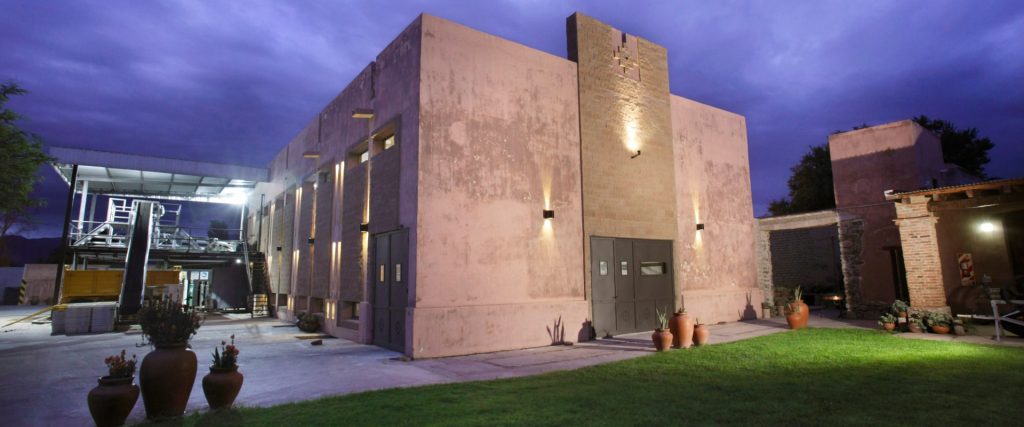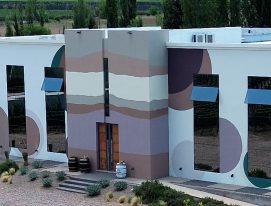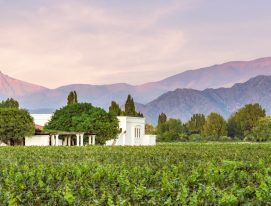In the wine region of Cafayate (in the province of Salta, Argentina), Bodega El Porvenir de Cafayate stands out for its long history and restless quest for excellence. With a solid wine-making history that stretches back over twenty years, Bodega El Porvenir de Cafayate was a pioneer in transforming the viticulture of a distinctive region that has much to offer the vibrant Argentine wine industry.
Bodega El Porvenir de Cafayate: roots and wings
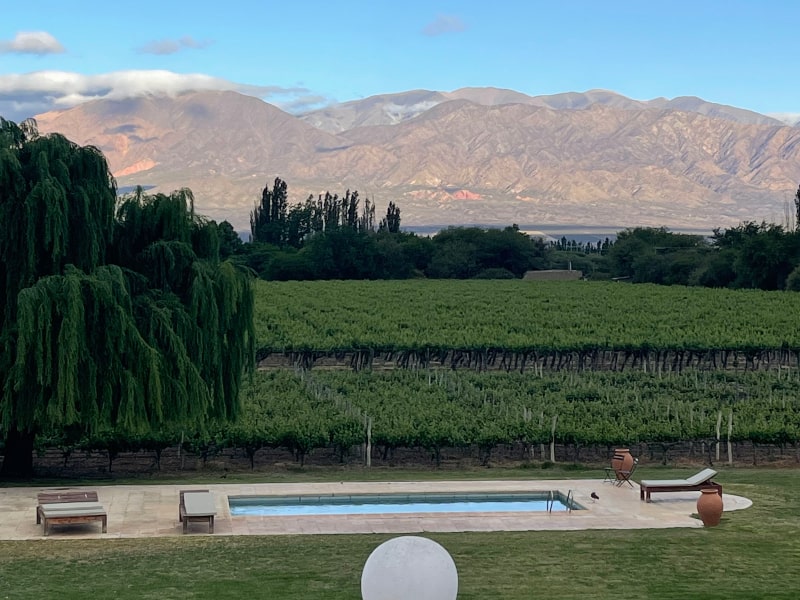
Set between 5400 and 8200 feet above sea level, the Cafayate region is an ideal home for the vineyards of Bodega El Porvenir de Cafayate. The arid landscape and local soils are reflected in wines that encapsulate the essence of the valley.
Lucía Romero Marcuzzi, who has run the winery since 2013, represents the third generation of her winemaking family. With an MBA in Wine and a commitment to excellence, Lucía has taken El Porvenir de Cafayate to new heights. With her practical approach, she has led the winery into new expressive territory. She emphasizes the importance of challenging traditional beliefs while still honoring one’s roots.
“I joined the project in 2006. My father’s focus was on sales to the internal market and also exports. That meant that the wines we sought to produce had to perform well overseas, which is why we strove for elegance and freshness, moving away a little from what was being produced in Cafayate at the time; wines that were more intense and rustic. We wanted to change course without losing our identity. We were also developing Torrontés and eventually produced seven styles for the grape, each remarkably representative. We also worked with Tannat, an iconic variety in Salta.”
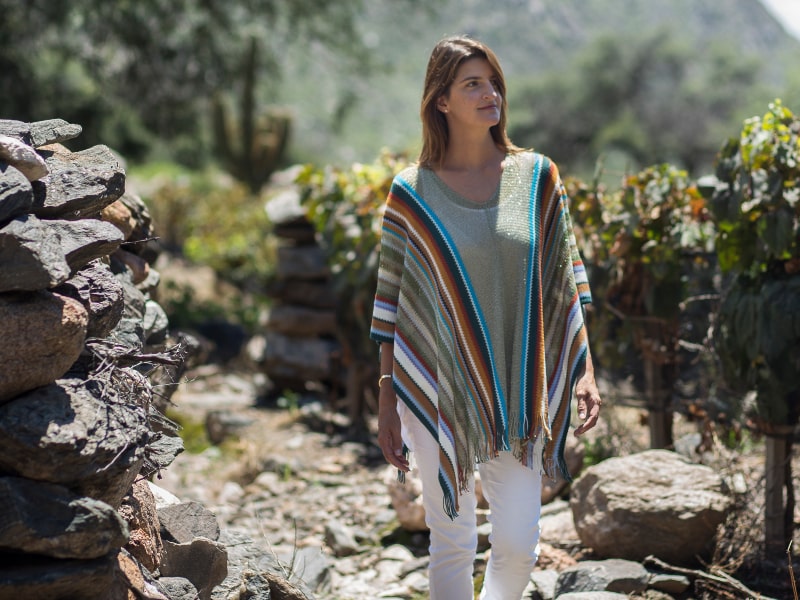
Lucía says she’s surprised when she hears consumers pigeon-hole Torrontés. “I still hear people rejecting Torrontés as too sweet, which is frustrating because we’ve been working very hard on reversing that impression. Torrontés is dry, it can be fresh, it can have a lovely acidity. The public in Salta is more traditional, which is why new lines aren’t so successful but you sell more in Buenos Aires and Rosario.
With some markets it’s a matter of trial and error. But in general, people are very willing to try new things, we’ve seen that across all the lines. Now we’re bringing out a Cabernet Franc in the Laborum line and everyone wants to try it. We have a lot of wines for our size because we do a lot a micro-vinification. That’s the fun part: experimenting.”
Vineyards and varieties: exploring Bodega El Porvenir de Cafayate
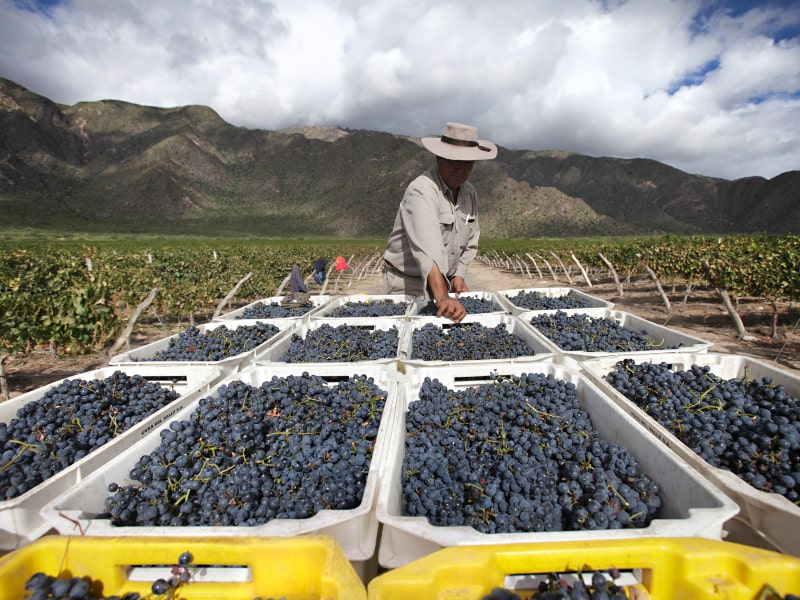
From the historic Finca El Retiro vineyard to the amazing biodiversity to be found in the Alto Los Cuises oasis – home to the winery’s most precious jewel, a Grand Cru that represents the best of the winery, Bodega El Porvenir de Cafayate vineyards tell unique stories. Lucía enthusiastically remembers the boom of orange wines in the United States and Europe in 2019.
The idea of making one with Torrontés, she says, bounced back and forth between her and the oenologist Francisco “Paco” Puga until they eventually produced their first. “We made a Torrontés with skin contact, and added pink muscat which are typical northern varieties, looking to raise their profile. The line has been expanding, it’s very attractive and our bestseller in Buenos Aires, and also in restaurants, and we’re exporting it as well.
We also made a Bonarda with carbonic maceration because I wanted a lighter, fruitier wine for summer. We launched them both with great success. The line came out with new, colorful labels quite different from the rest. So, we thought, OK, what else can we make? And then came the whites. We made grafts of white varieties like Marsanne, Roussane, Chardonnay and Semillón to which we added Garnacha from a vineyard planted in 2019. The first harvest was in 2022 and from it we made a 100% Garnacha and a GSM.
“We currently sell about 60% of our products in Argentina and 40% overseas. We’re well represented in restaurants, wine stores and in the interior of the country because we want to be represented in Buenos Aires and Salta,” she says.
A commitment to the present and the future
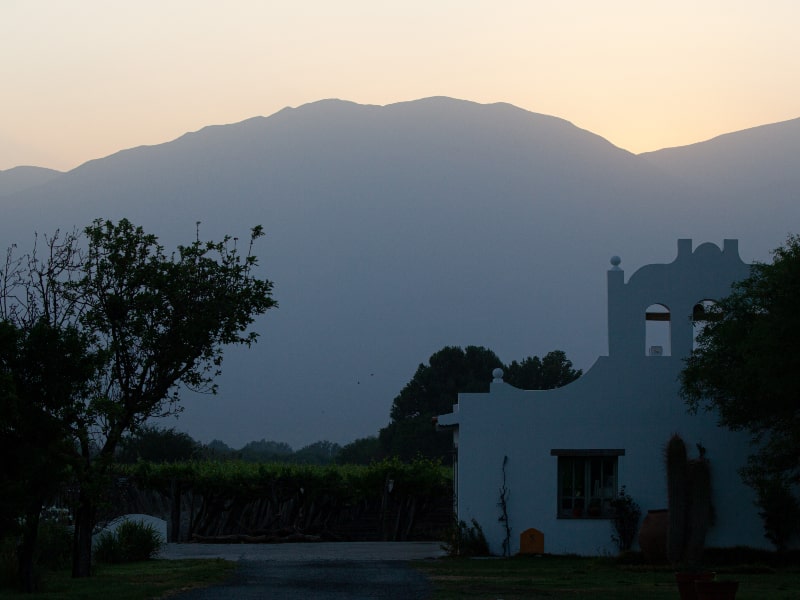
The winery, says Lucía, has always been conscientious with its vineyards and is implementing more and organic practices and certifications, beginning with the Alto Los Cuises vineyard and those at the foot of the mountain. The goal, she says, is to certify the sustainability of the winery, something often required overseas.
But El Porvenir de Cafayate’s commitment is reflected in its careful handling of resources, certifications, recycling and support for projects involving the Wichi community, demonstrating a philosophy that emphasizes an equilibrium between the land and the community. Lucía highlights initiatives to include more women in work at the vineyard, supporting Wichi artisans with their crafts, which are sold directly to the tourists who visit the winery, scholarships for local students and support for trans people looking to enter the workforce.
In a traditional culture like Salta’s, Lucía shares her experience as a woman in a leadership role. “I’ve always felt that I have a collaborative, consensual leadership style. I wanted to innovate and get away from the traditional Salta winery model and fortunately the team bought into the idea. In this area, as a young woman, it was maybe a little more difficult but as our new lines grew more successful, everyone got more confident. I didn’t have many female role models at the time and the ones I had were in Mendoza, out of reach. Now there are far more and women producers talk and get together regularly.”

